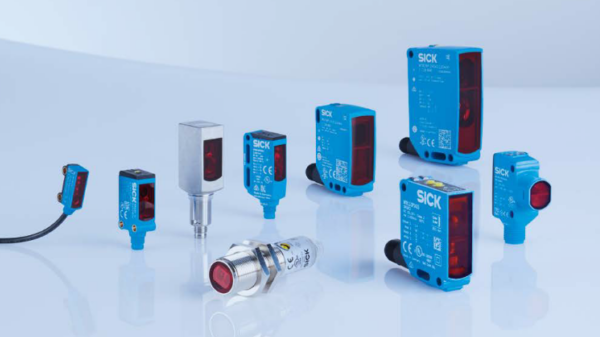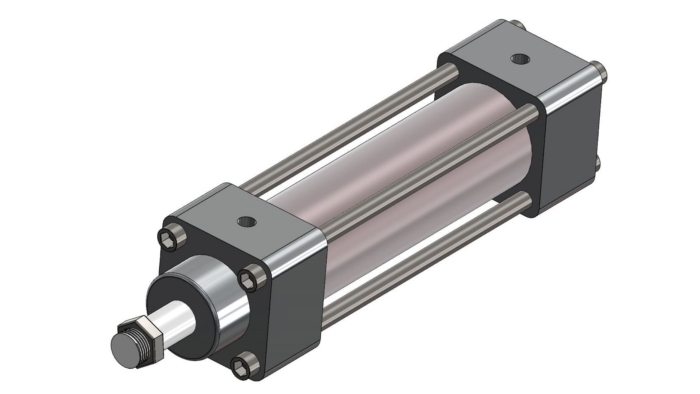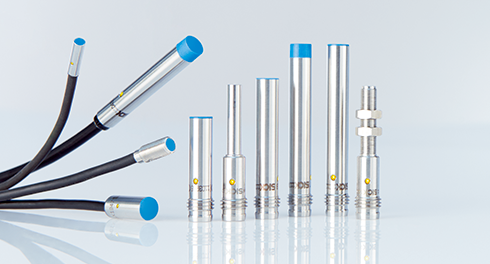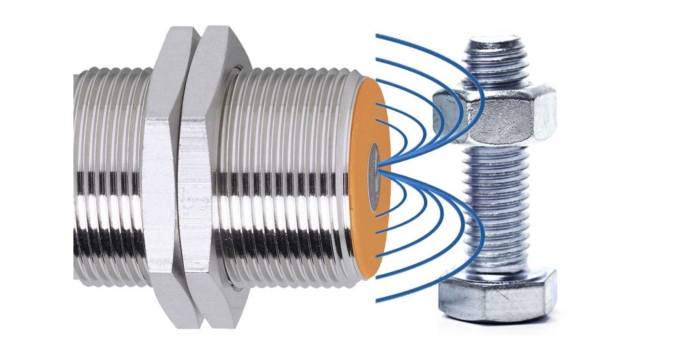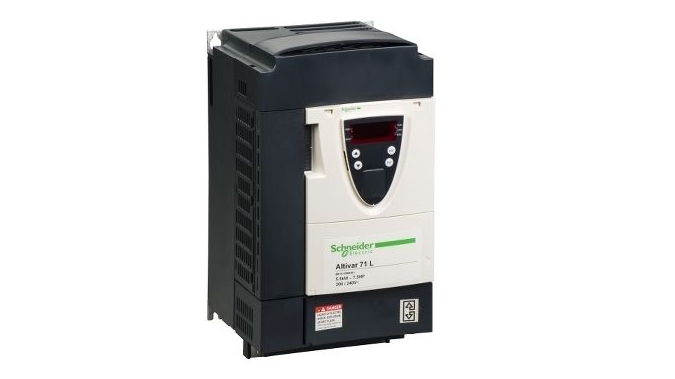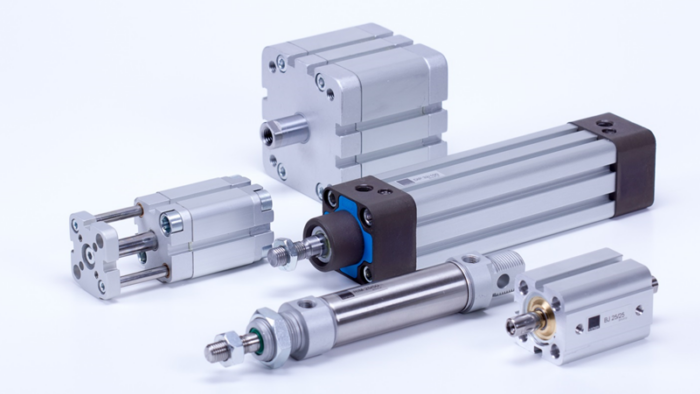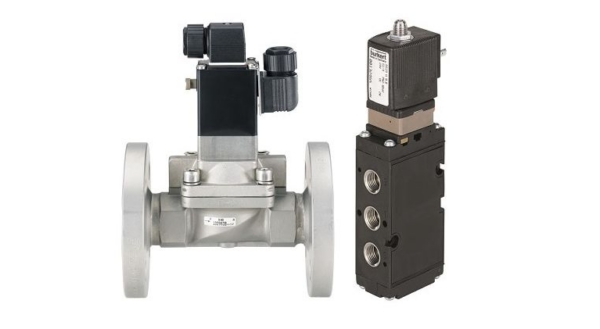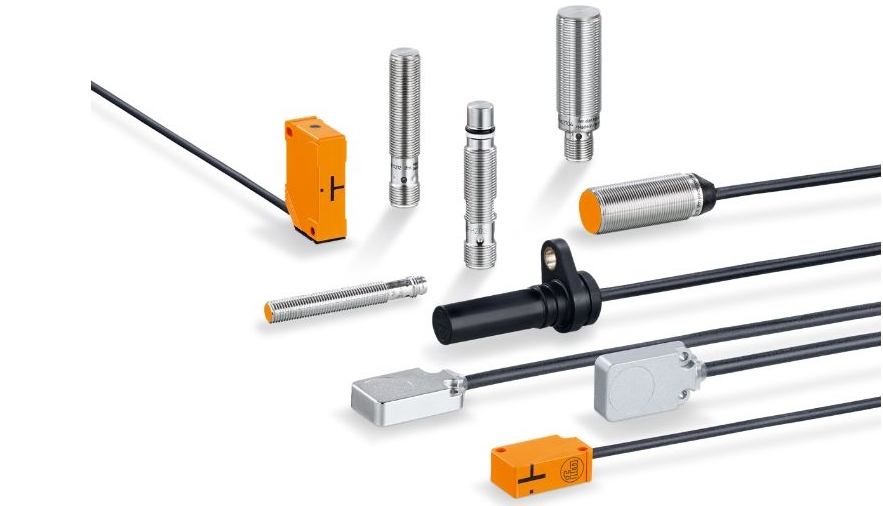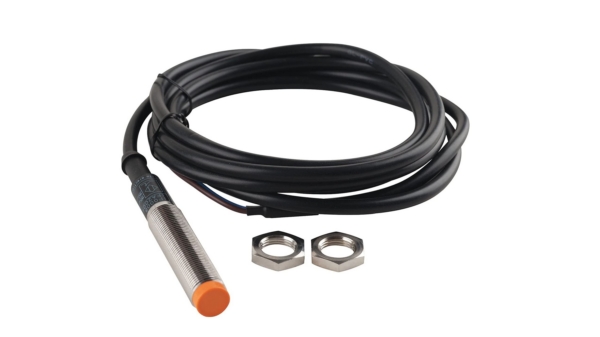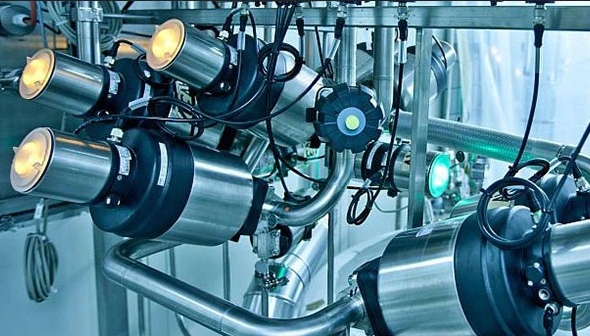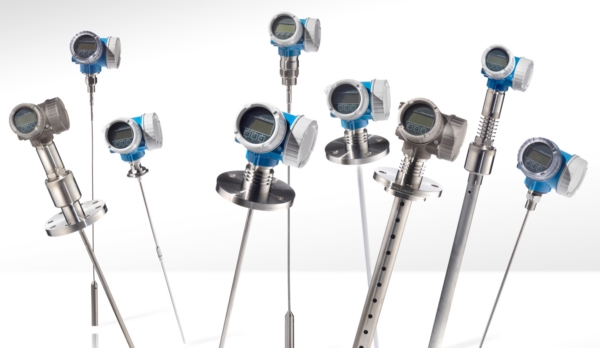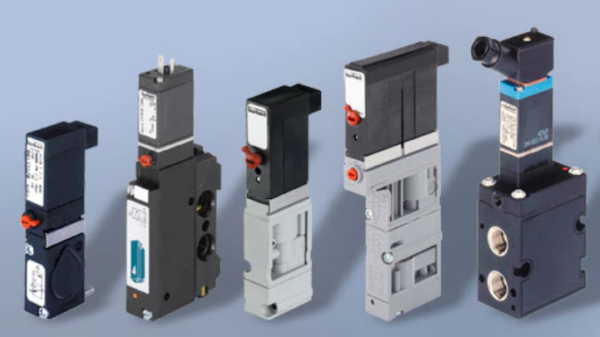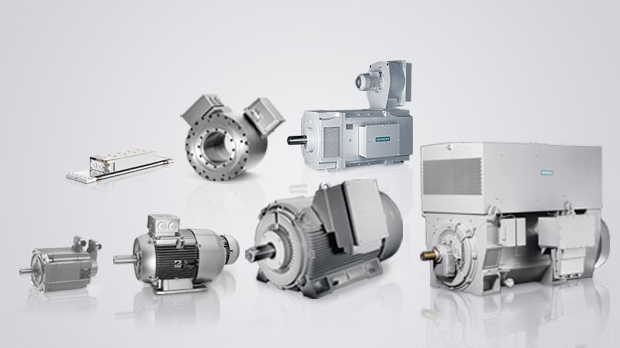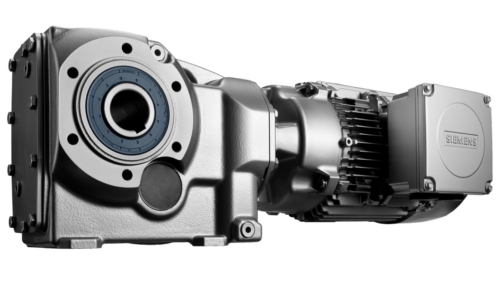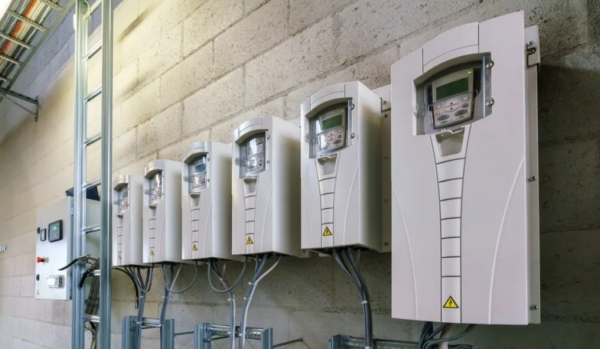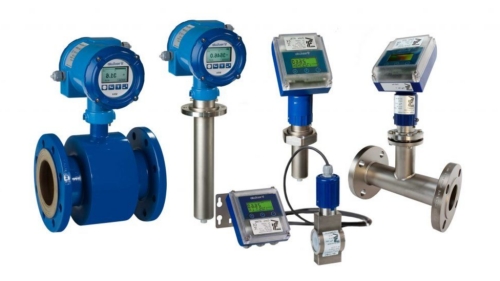Blog
Photoelectric sensor types
Photoelectric sensors are used to measure light and other electromagnetic radiation. In this article we will go through the most common types of photoelectric sensors, how they work, and when you might want to use them.
What is compact air cylinder?
Air cylinders are mechanical devices which use the power of compressed gas to produce a force in a reciprocating linear. Here you can find meaning of an air cylinder, its working principle and the main types.
Inductive Sensors Working Principle
Difinition of Inductive Sensor, the main types. Inductive sensors working principle.
Inductive Proximity Switch Working Principle
Inductive Proximity Sensors detect magnetic loss due to eddy currents that are generated on a conductive surface by an external magnetic field. Here you can find how proximity sensors works, advantages and sisadvantages of Inductive Proximity Sensors.
Schneider Altivar 71: The best choice for heavy duty industry
Schneider Altivar 71 variable speed drives: types and working principle
The main types of pneumatic cylinders
What are the Different Types of Pneumatic Cylinders? Pneumatic Compact Cylinder definition and working principle.
What is the Namur Solenoid Valve?
Namur solenoid valve overwiew. Types and principle of working.
What is a Magnetic Switch and What is it Used For?
The magnetic switch is used to measure the magnitude of the magnetic field. Its output voltage is directly proportional to the strength of the magnetic field. Take a look for more information.
IFM Inductive Sensor: the main types
IFM Inductive sensors: the main types and principle of working.
Siemens drive fault codes
Siemens has various frequency drives to address the entire power conversion spectrum, optimizing productivity and energy efficiency. Here you can find full Siemens drive fault codes list.
Burkert Diaphragm Control Valve: Types and Difinition
Types and difinition of Burkert Seat and Diaphragm valves with pneumatic and electromotive actuators.
Endress Hauser Level Transmitters: Types and operation principle
Benefits and working principle of Endress Hauser Level Sensors and transmitters. Definition of the main Types.
Encoder working principle
Encoders are used to translate rotary or linear motion into a digital signal. Learn more about what it is, how it works, and more. Read now.
Burkert pneumatic valve: types and working principle
Burkert Pneumatic Valves main types and principle of working. Burkert 3 way valve, 4 - and 5 way valves.
Which is more efficient AC or DC motor?
AC and DC motors, how to select the best electric motor for your application? Learn the differences, advantages, and industrial applications of these motors.
How do you select a VFD for a motor?
The most important consideration when choosing a Variable Frequency Drive (VFD) is to know the type of load that is being applied to the motor because it will determine the size and cost of the VFD.
What is DC Gear Motor?
Gear motors are used in a wide range of applications where lower shaft speed and higher torque output is needed. Learn how DC Motors and Gear Motors function.
Variable Frequency Drive (VFD) Working Principle
Variable frequency drive, vfd working principle. VFD block diagram, vfd drive working principle. VFD is shorted for Variable Frequency Drive -- that's used to make an AC motor working in variable speed
Types of Variable Frequency Drives
To overcome the high power consumption in factories and to increase the efficiency, VFD was introduced four decades ago but the circuitry was not strong enough.
What is a Flow Meter
A flow meter is a device used to measure the volume or mass of a gas or liquid. Flowmeters are devices that measure the amount of liquid, gas or vapor that passes through them.
